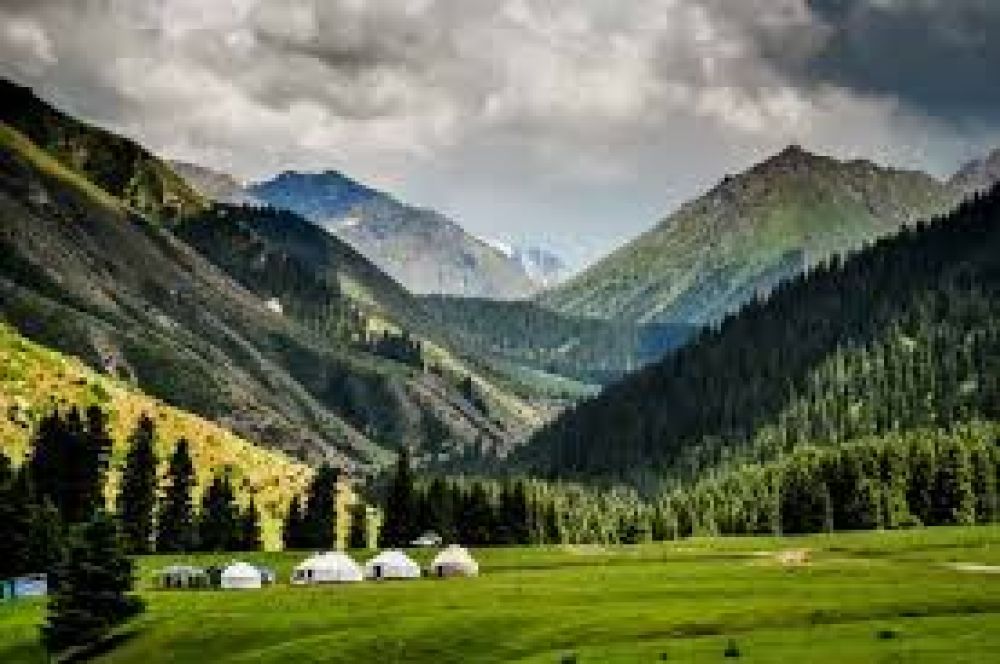

The charming town of Karakol, located in the eastern part of Kyrgyzstan near the stunning Issyk-Kul Lake, has a rich history that intertwines with the development of tourism in the region. Established in the late 19th century as a Russian military outpost, Karakol has evolved from a strategic point into a hub for adventurers and travelers seeking to explore the natural wonders of Central Asia.
Tourism in Karakol can trace its roots back to the early 1900s when the town became a stopover for merchants, explorers, and scientists who were drawn to the region's untapped resources and exotic allure. The construction of the Orthodox Holy Trinity Cathedral in 1895 and the Dungan Mosque in 1910, both architectural masterpieces, began to attract visitors interested in culture and history, marking the initial stages of tourism development.
With the advent of Soviet power, Karakol, known then as Przhevalsk after the Russian explorer Nikolai Przhevalsky, experienced a transformation. The town, being located close to border zones, was not immediately open to tourism. However, the Soviet regime recognized the potential of the area and began to develop it as a mountaineering and scientific research center. This led to a slight increase in domestic tourism as the breathtaking landscapes became accessible to Soviet citizens seeking nature and adventure.
It was not until the dissolution of the Soviet Union that Karakol truly began to blossom as a key tourist destination in independent Kyrgyzstan. The country's new openness to international visitors sparked interest in the cultural and natural heritage of the region. Increased investment led to the development of infrastructure catering to adventure tourism, such as trekking, mountaineering, and skiing.
Today, Karakol is witnessing a surge in eco-tourism and sustainable travel. Visitors from around the globe are attracted to its pristine mountain environments, unique cultural experiences, and the opportunity for community-based tourism. Major attractions include the Jeti-Oguz rock formations, the ancient petroglyphs, and the alpine lakes that dot the landscape. Winter sports have also gained popularity with the development of the Karakol Ski Base, drawing ski and snowboard enthusiasts.
Looking ahead, Karakol’s tourism industry shows promising signs of growth while maintaining an emphasis on conservation and cultural preservation. Initiatives have been put in place to ensure that tourism benefits the local communities, preserves the natural environment, and enriches the cultural fabric of the region. With a focus on sustaining its unique charm and appeal, Karakol continues to define itself as a premier destination for those seeking an authentic and adventurous Central Asian experience.